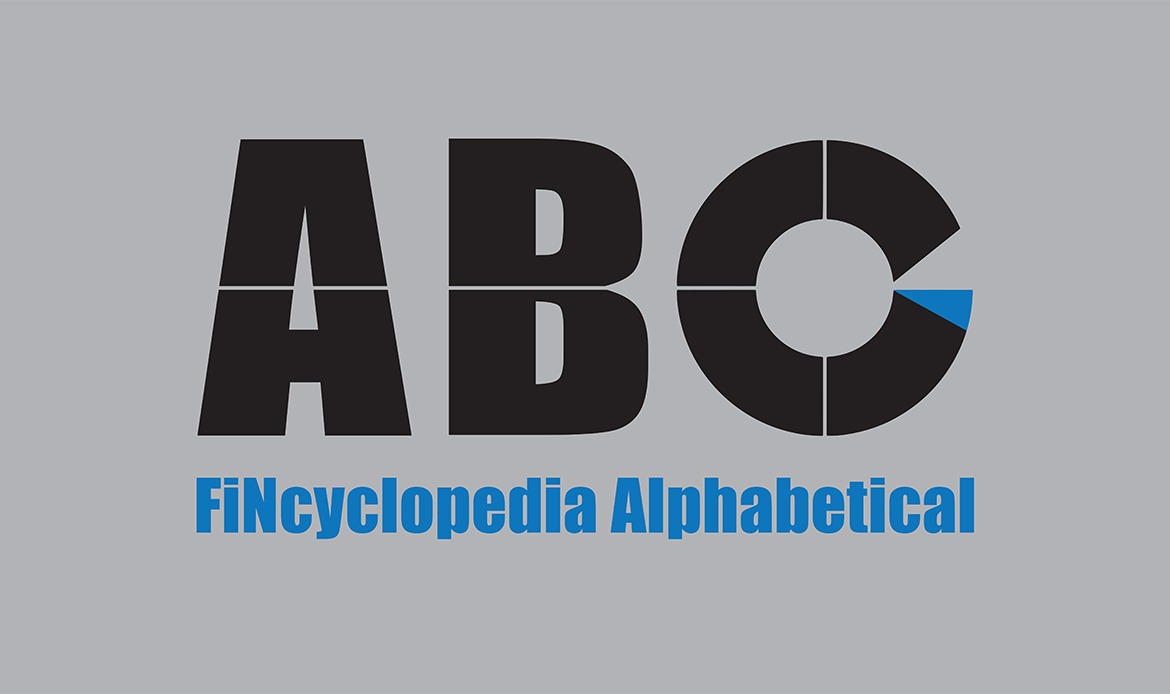In the context of companies and businesses, it is the excess of zakatable assets over short-term liabilities. Zakatable assets are those which meet the conditions of obligatory zakat, that is (1) Unencumbered and full ownership. (2) actual and assumed growth. (3) the passage of one lunar year except for agricultural and horticultural wealth (where zakat falls due at the time of harvesting and picking). (4) attainment of nisab (i.e., the minimum obligatory amount). (5) free of debt which is due at the time.
The short-term liabilities represent all debts and obligations that fall due within a year provided that they are related to the business activities and interest-free (shari’a compliant).
The amount zakat due is, thus, the zakat base, at or over nisab, multiplied by zakat rate:
Amount of zakat payable= zakat base × zakat rate
The rate of zakat varies according to the types of wealth/ assets and activity. Typically it ranges from 2.5% to 20% for lunar years.





Comments